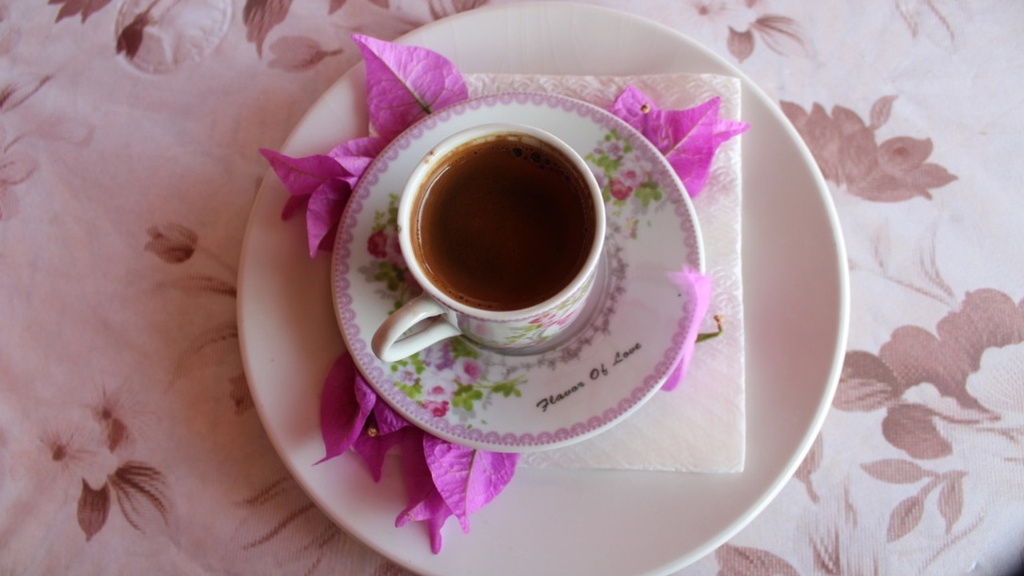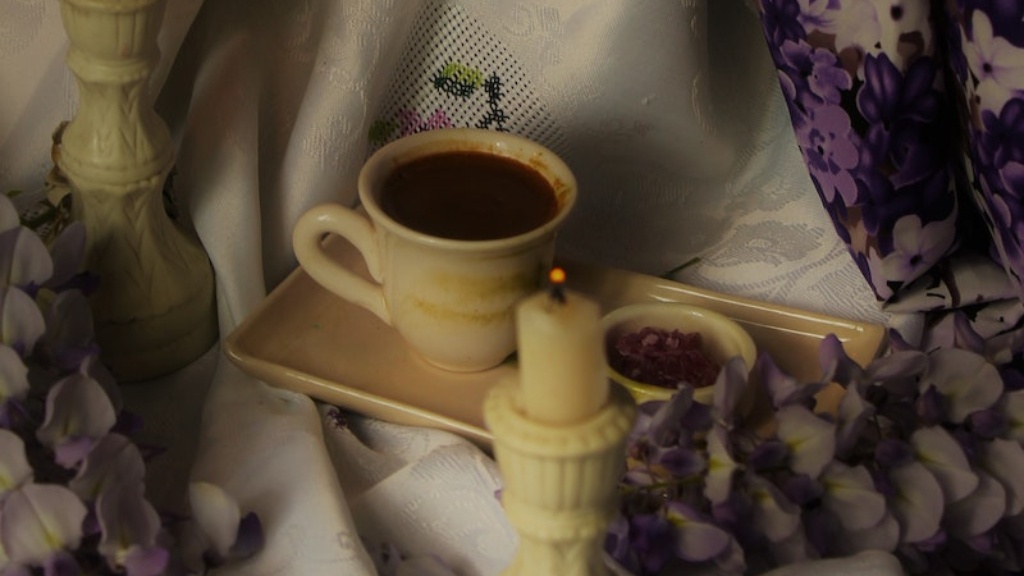What is Tone in Poetry?
Tone refers to the author’s attitude toward the text. It is the mood the poem conveys and the reader’s emotional response to it. It denotes the emotion of the speaker and can be used to portray feelings such as sadness, anger, joy, excitement, fear, and excitement. Tone in poetry can also convey a tone of admiration, respect, or intimacy.
Characteristics of Tone in Poetry
The tone of a poem can be identified through its diction, syntax, imagery, and other literary techniques which reflects the author’s attitude and portrays the emotions of the speaker. It can also be detected in the poem’s structure and rhyme scheme. Tone also varies greatly depending on the type of poem, ranging from romantic and whimsical to morose and grim.
The Role of Tone in Poetry
Tone is an important element of poetry as it helps to create the overall mood of the poem. It can give the poem a certain atmosphere, or “tone”, which can be used to alter the poem’s meaning. Tone can also be used to emphasize certain themes and ideas in the poem.
The tone of a poem can also set the tone for how a reader interprets the poem. For example, a poem with a melancholy tone will evoke a certain emotion in readers and make them more likely to sympathize with the poem’s message. Conversely, a poem with a cheerful tone will make readers more likely to appreciate the themes and ideas presented in the poem.
Examples of Tone in Poetry
One example of tone in poetry is the Alfred, Lord Tennyson’s poem “Ulysses”. The poem’s tone reflects the speaker’s longing for adventure, courage, and an unquenchable thirst for knowledge.
In William Wordsworth’s “The World Is Too Much With Us”, the tone is one of apology and regret as the speaker acknowledges his disconnection from nature. The poem’s tone serves to emphasize the poet’s regret at humanity’s apathy toward nature.
Tone in Poetry and its Implications
The tone of a poem can also have implications for how we interpret and understand the poem. A poem the has a sad tone may lead us to believe that it has a darker message or that the poet is expressing despair. Conversely, a poem with a more joyous tone may lead us to believe that the poem is one of celebration and hope.
Tone also helps convey the multilayered nature of some poems. For example, in Edgar Allan Poe’s “The Raven”, the poem’s tone shifts from lighthearted playfulness to one of fear, dread, and despair as the poem progresses and the speaker sinks deeper and deeper into a state of madness.
The Use of Tone in Poetry to Express Emotion
Tone is an effective way for poets to convey their own emotions. By using specific diction, syntax, imagery, and other literary techniques, a poet can evoke a certain emotion in readers.
For example, in William Wordsworth’s “Nuns Fret Not at Their Convent’s Narrow Room”, the poet uses peaceful imagery and a somber, wistful tone to evoke a feeling of contentment and appreciation for beauty in simplicity. In contrast, in Wilfred Owen’s “Dulce et Decorum Est”, the poem’s tone is one of horror, conveying his own disgust at the horrors of war.
The Significance of Tone in Poetry
Tone is an integral part of any poem, as it gives the poet a means to express emotion as well as convey their own attitude and beliefs. Tone also helps readers connect to the poem’s message and provides a context in which they can understand and appreciate the poem.
By combining various elements such as diction, syntax, imagery, and other literary techniques, the poet can create a unique tone that can be used to reinforce the poem’s themes and ideas. Ultimately, the significance of tone in poetry is to imbue the poem with emotion, creating a powerful connection between the writer and reader.
Effects of Tone on the Reader
Different tones can provoke different responses in readers. Tone has the power to evoke certain emotions such as joy or sadness, hope or despair, excitement or melancholy. This can be done through the poet’s use of diction, syntax, and other literary techniques.
In addition, the tone of a poem can also play a major role in how readers relate to the poem’s themes and ideas. A darker poem with a morose tone may lead readers to reflect on the poem’s sadder messages, while a lighter poem with a cheerful tone may elicit a more positive response from readers.
The Power of Tone in Poetry
Tone has the power to change the mood of a poem, emphasizing certain themes and ideas, evoking emotion, and allowing the poet to connect to their readers. It is an essential element of any poem, as it gives the poet a means to express their own feelings and attitudes.
Tone also has the power to elicit responses from readers, giving the poem life and creating a powerful connection between the poet and their readers. Ultimately, tone is an invaluable part of any poem, as it enhances the poem’s deeper meaning and adds emotion to the words.
The Impact of Tone on the Meaning of a Poem
Tone can drastically alter the meaning of a poem, depending on the emotions it conveys. For example, a poem with a sad tone may lead readers to focus on the darker messages of the poem while a poem with a more joyous tone may evoke more uplifting messages.
By using specific diction, syntax, imagery, and other literary techniques, a poet can tweak their tone to create a certain atmosphere in their poem. A poem with a cheerful tone will make the poem’s themes and ideas more palatable, while a poem with a darker tone may evoke more poignant emotions.
The Impact of Literary Techniques on Tone in Poetry
Certain literary techniques such as alliteration and assonance can be used to create a certain tone and atmosphere in a poem. Alliteration, for example, creates a mood of lightness or playfulness in a poem. Assonance, on the other hand, can be used to create a feeling of flow in a poem and can be used to evoke emotions such as sadness or melancholy.
In addition, certain techniques can be used to create a contrast in tones. For example, using both light and heavy rhyme schemes can create a duality in tones. Similarly, using vivid imagery and dark language can also be used to create different tones and effects in a poem.
Conclusion
Tone is an invaluable element of poetry, as it gives poets the ability to express their own feelings and attitudes, emphasizing certain themes and ideas, and connecting with readers. By using specific diction, syntax, imagery, and other literary techniques, a poet can create a unique tone in their poem that can evoke emotion, alter the poem’s meaning, and create a powerful connection between the poet and their readers.



